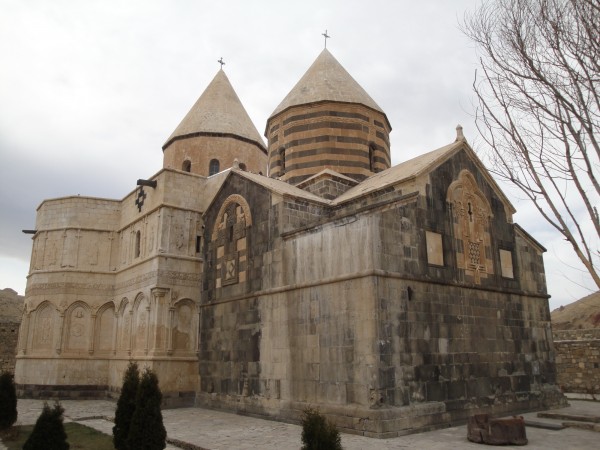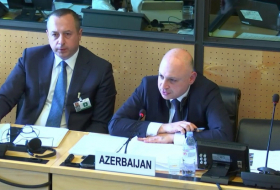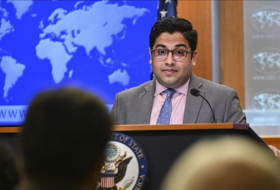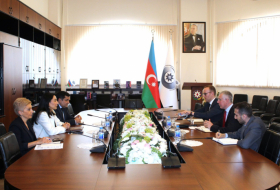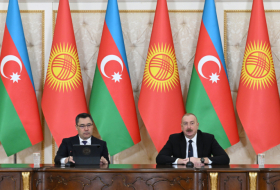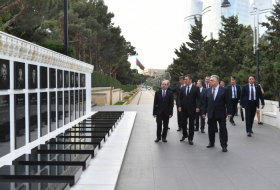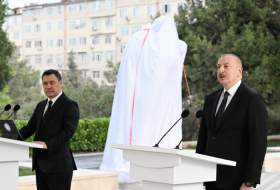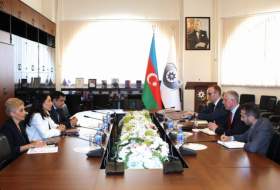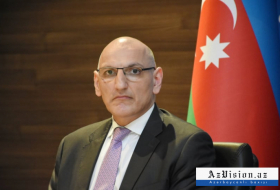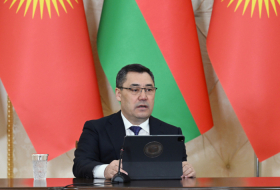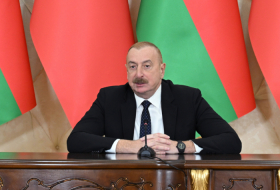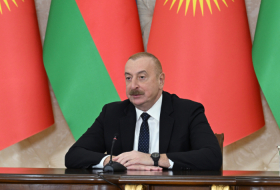The church is listed by the United Nations Educational Scientific and Cultural Organization (UNESCO) as the ninth historical monument of modern Iran
Being one of the most beautiful historical monuments in the West Azerbaijan Province, the church attracts the attention of all tourists because of its special architecture and uniqueness. The word “Gara” in the ancient Azerbaijani language “Azeri” means ‘great’. This word in “Azeri”-“Azeri-Turk” language evolved in the 15th century meant ‘black’. The reason the Azerbaijani Apostolic Church was so named is that, according to Christians, the church is the first one in the world and is therefore considered “older” or “great”.
The doctrine of God the Son began to spread in Azerbaijan in the first century AD. After the crucifixion of Christ, his disciples, the apostles traveled to different countries to spread his teachings. During his trips, St. Peter the Apostle (original name Simeon or Simon) reached Rome, where he died. The Papal Basilica of St. Peter in the Vatican (or simply St. Peter's Basilica) was built above his tomb. And at that time, when many people in Azerbaijan were professing Zoroastrianism, which they themselves gave birth to (the prophet was Zoroaster, originally from Western Azerbaijan) in 43 AD (according to some estimates in 48, two of first 12 apostles – Thaddeus and Bartholomew – traveled to the northwest of Azerbaijan to spread the Christian faith. The Azerbaijani Church originates from them. Therefore, the church is called ‘Apostolic.’
In 68 AD, when the persecution of Christians by the Hays and Persians began, both of the abovementioned apostles died in Azerbaijan. Thaddeus was crucified and pierced by arrows. And it was on the very area place where the Monastery of Saint Thaddeus, also known as Gara Kilse, is located today. This monastery receives thousands of pilgrims every year. Bartholomew was tortured and executed by the Persians. Along with him, according to legend, two thousand Christians were executed. The relics of St. Bartholomew are preserved in Baku, since this city was the only place of execution in the region.
After the teachings of the disciples of Jesus, 3,500 people, including Sanatruk, the king of the administrative unit “Armenia” (not to be confused with present-day Armenia), separated from the Seleucid Empire, and his daughter Sanduht converted to Christianity. After a short period of time, the king turned away from faith in Christ and ordered the death of all people who professed Christianity. In this connection, even his daughter was stabbed to death.
During various historical periods, the church was largely damaged as a result of numerous wars. For example, after the Genghis Khan-led Mongol-Tatar invasion in Azerbaijan in 1230 AD, large parts of the church were destroyed, but later during the rule of Hulagukhan the church was again built by Azerbaijani mathematician, astronomer Nasreddin Tusi (Nasir al-Din al-Tusi).
During the period of the rule of Azerbaijan’s Safavid dynasty in 1691 AD, the church was repaired with white stones by the order of Shah Abbas II, the King of Safavid. And in 1810, the church was repairs with black stones by the order of Simon Beznoni, Maku archbishop. During the period of the rule of Azerbaijan’s Qajar dynasty, the church was again restored by the order of Prince Abbas Mirza Qajar.
The first Christian state, whose kings adopted a new faith in approximately 150 AD, was a small kingdom, called Osrhoene with its capital city Edessa. This kingdom has nothing to do with ancient Armenia and representatives of the people from present-day Armenia. A number interesting documents and testimonies of Osrhœnian Christianity have been preserved up to now: for example, the apocryphal correspondence between Jesus Christ and Abgar of Edessa, the legend of the miraculous image of the Savior (however, this legend appeared after the collapse of this state). Almost all church historians write about the preaching of the Apostle Thaddeus in Edessa.
I would like to cite the most famous fragment of renowned historian Eusebius Pamphili. Church History. II, 6: “At that time also the promise of our Saviour to the king of the Osrhœnians was fulfilled. For Thomas, under a divine impulse, sent Thaddeus to Edessa as a preacher and evangelist of the religion of Christ, as we have shown a little above from the document found there. When he came to that place he healed Abgarus by the word of Christ; and after bringing all the people there into the right attitude of mind by means of his works, and leading them to adore the power of Christ, he made them disciples of the Saviour’s teaching. And from that time down to the present the whole city of the Edessenes has been devoted to the name of Christ, offering no common proof of the beneficence of our Saviour toward them also.” Indeed, the Christian statehood in Osrhoene did not last long – only until the first quarter of the 3rd century.
More than two centuries after that, that is, in 301 AD, the administrative unit “Armenia” turned out to be virtually independent (there was no ethnos under this name) after the collapse of the Seleucid Empire and declared Christianity the official religion of its newly-baked country, thus, as it were, becoming the second country to officially adopt the Christian faith.
The descendants of Mushkis, calling themselves Armenians, succeeded in returning the use of the political term “Great Armenia”, which became the basis of the official name of the modern state, which in turn caused the falsification of the history of the entire historical and geographical region. But so far,
Rufat Aliyev is political scientist, representative of the Azerbaijani diaspora, vice-president of the Coordination Council of Azerbaijani Youth, member of the Royal Photographic Society of the United Kingdom, travel photographer.
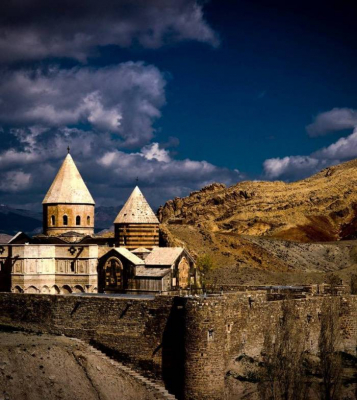




Babayev Nijat
Sabina Hasanova
AzVision.Az








